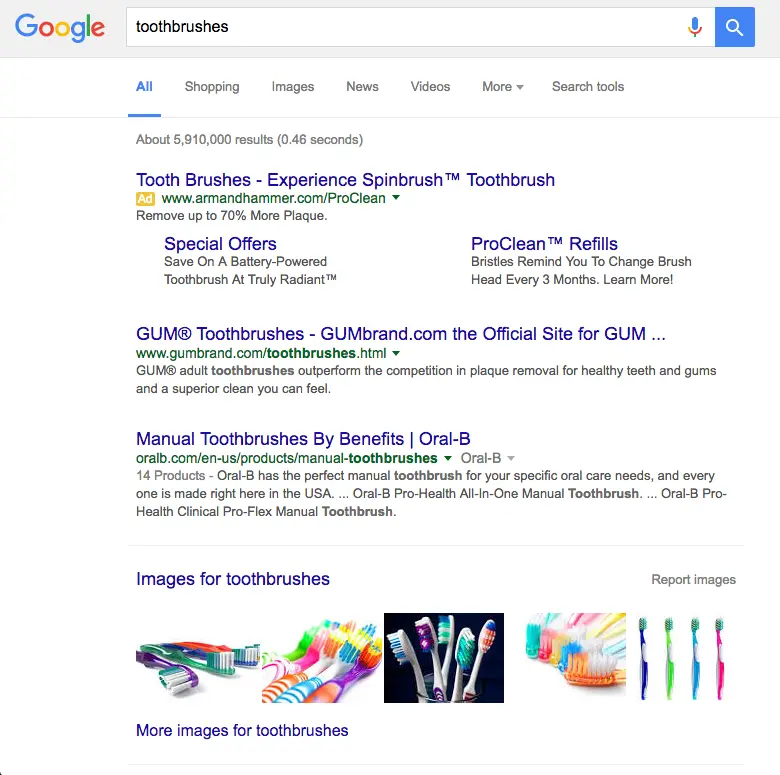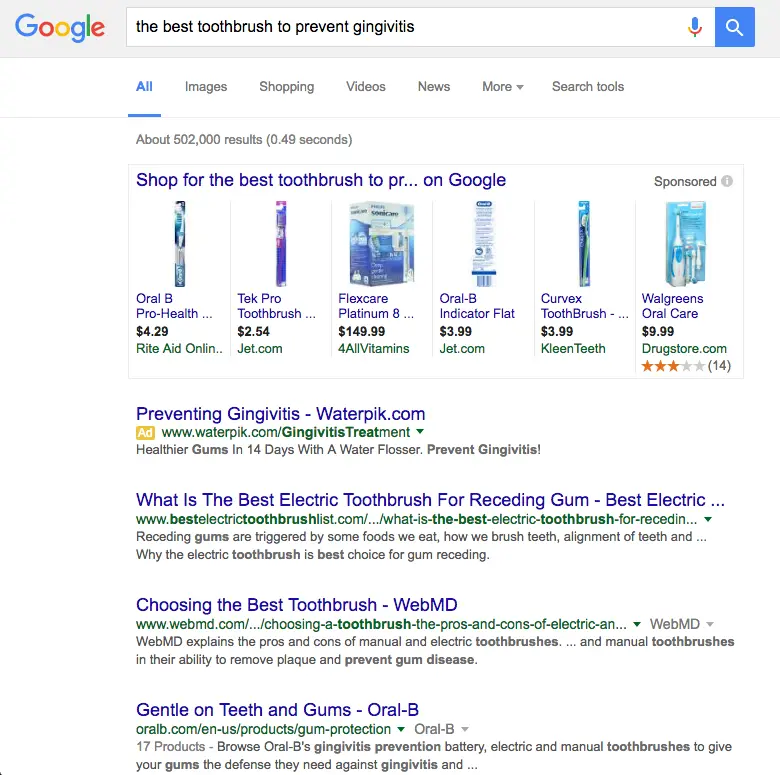
So, you’re at a place in your business where you’ve set up a nice website, made a few sales, and started collecting emails to build up your list. But, never one to settle for “good enough,” you want to be epic. You want to grow your business, sell more, do more, be more.
Well, I’ve got just the post for you.
If you’ve ever wondered, “Should I pay for ads?” The answer is yes.
If you’ve ever wondered, “Should I choose Facebook or Google AdWords?” The answer is both.
Ever wondered, “Can I set up an ad campaign without descending into a rage?” Read this: Click To Tweet
If you’ve ever wondered, “Can I do set up an ad campaign without descending into a homicidal rage?” The answer is keep on reading.
Below, we’re discussing what you need to know to set up an ad campaign on both Facebook and Google. This campaign will help you market your brand to a wider audience and sell more stuff. You can also use this info to grow your community, perform market research, and build your email list.
Even if you’re a complete newbie to paid advertisements, by the end of this article, you’ll have exactly what you need to set up a winning ad campaign (money not included).
Interested?

Let’s do this!
Here’s Why You Should Pay for Ads
Organic reach can only reach so far.
It’s not 2002 anymore. The market is virtually saturated with other brands who do what you do. That’s not to say that you shouldn’t be in the marketplace, too. You have a unique voice and you can reach a specific customer that your competitors can‘t.
The problem is your prospective customer cannot find you because your website is stuck somewhere on page 32 of Google search results. Most users never click past page one.
You can’t cross your fingers and hope that SEO alone is going to cut it. That’s the bad news.
The good news is that paid ads can extend your reach way further than organic SEO strategies alone.
Blame it on capitalism, but Google, Facebook, Pinterest, you name it, all want to make money. They’re not operating as selfless charities. These sites are structured so that those who pay get more play.
Sure, you can still use organic strategies to get found on the Internet. We’ve actually created a huge list of ways to organically market your brand that you can find here: Boost Your Traffic with this Supersized List of Hacks.
Do all of those things, but don’t just stop there. Also consider a paid ad campaign that gets you in front of even more eyeballs.
But is there a downside to paid advertising?
To be fair, let’s take a look at the pros and cons of paying for advertising:
Pros
Cons
Understand the Power of Keywords
I won’t bore you with the intricacies of keywords, but let’s look at the basics.
There are two types of keywords: head and long tail. Head keywords are broad, generic, and incredibly competitive. They are so competitive that you probably don’t have a chance of getting seen while using one.
Long tail keywords are more specific and usually contain at least three words. These are the ones you should buy for your ad campaigns.
It’s the difference between using “toothbrushes” (head) and “the best toothbrush to prevent gingivitis” (long tail). Take a look at the following:
Head Keyword Example

Long Tail Keyword Example

As you see, the long tail keyword has a lot less search results (just over 500,000 compared with 5.9 million), and the one and only ad on this page is focused on this long tail keyword phrase.
Another key point to notice, and we’ll dive into this next, is that the ad links to a customized landing page.
With a long tail keyword, you’ll narrow the amount of people who will see your ad– but this is a good thing. The people who arrive at your ad because of a long tail search have self-filtered and they’re just perfect for you.
Ahhh… isn’t it romantic?
To source the best keywords, use Google AdWords Keyword Planner tool. It’s free and it will help you determine the popularity of a specific long tail keyword. You’ll learn how many people search for this term every month. Use this info to formulate your ad campaign.
Here’s How Google AdWords Works

Securing paid advertisements on Google (and Bing, also) work much like an auction. You bid for a keyword and then you pay whenever someone clicks on your ad. If you’d like to get into the nitty gritty of how it works, check out WordStream’s very thorough but easy-to-understand treatment of the subject here: What Is Google AdWords? How the AdWords Auction Works.
Let’s Talk Facebook

Facebook traffic is different from search engine traffic. On Facebook, you can go deeper into targeting the right customer. Base it on location, job title, gender, interest, browsing history, home ownership, connections, birthdays, etc. The list is almost endless. Here’s an exhaustive list of audience targeting options you should check out.
No Matter What, You Need a Landing Page
Is there anything that landing pages cannot do?
Before I break into an ode to landing pages, let’s discuss how to use one effectively in your ad campaign.
In the process of setting up an ad for either search engines or Facebook, you’ll need to direct the traffic somewhere.
Repeat after me, “I will not send paid ad traffic to my home page.”
You must direct traffic to a customized landing page after they’ve clicked on your ad.
You must not send visitors to your home page and let them fend for themselves. Without direction, first time visitors will get lost and then exit your page faster than they arrived.
This is why a landing page is crucial: it’s focused on the ad message, it gives your site visitor an instant payoff, and it doesn’t allow them to get distracted by the shiny objects in the sidebar.
Here are a few extra resources to help you create an excellent landing page:
Do’s and Don’ts
Final Thoughts
After you’ve run an ad, give yourself space to learn and tweak as you go. Be flexible and willing to try new things. As long as you stick to a budget, the ultimate reward will outweigh the risk. Good luck!
